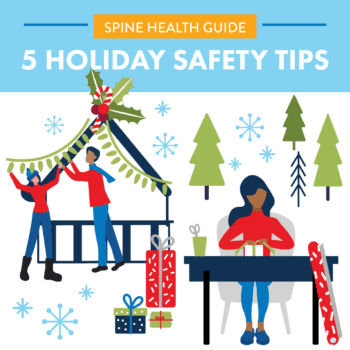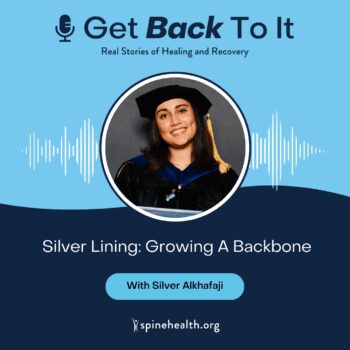A spinal fracture is a break in one or more of the bones in your spine, called vertebrae. This can happen from an injury or weakening of the bones over time. Spinal fractures can cause pain and limit your ability to move.
Common Causes
- Trauma: Car accidents, falls, or sports injuries.
- Osteoporosis: A condition where bones become weak and brittle, making them more likely to break.
- Cancer: Some cancers can spread to the spine and weaken the bones.
- Infections: Certain infections can weaken the spine and lead to fractures.
Symptoms
- Sudden, severe back pain.
- Pain that gets worse with movement.
- Numbness or tingling in the arms or legs.
- Weakness in the arms or legs.
- Loss of height or a hunched-over posture (in cases of multiple fractures).
Diagnostic Tests
- Physical exam: The doctor checks for pain, tenderness, and any signs of nerve damage.
- X-rays: Pictures of the spine to see the fracture.
- MRI or CT scan: Detailed images of the spine to see the fracture and any damage to the spinal cord or nerves.
- Bone density test (DXA): To check for osteoporosis.
Treatment Options
Non-Surgical:
- Rest: Limiting movement to allow the spine to heal.
- Bracing: Wearing a brace to support the spine and keep it in the correct position.
- Medications: Pain relievers and medications to strengthen bones.
- Physical therapy: Exercises to strengthen the back and improve mobility.
Surgical:
- Vertebroplasty/Kyphoplasty: Minimally invasive procedures to inject bone cement into the fractured vertebra to stabilize it.
- Spinal fusion: Joining two or more vertebrae to stabilize the spine.
- Decompression surgery: Removing any bone fragments pressing on the spinal cord or nerves, which is combined with fusion.
Common Conditions That Can Cause Similar Symptoms
- Herniated disc: When the inner part of a spinal disc pushes out and presses on a nerve.
- Spinal stenosis: Narrowing of the spaces in the spine, putting pressure on the nerves.
- Spondylolisthesis: When one vertebra slips forward over the one below it.
When to See the Doctor
- If you have sudden, severe back pain.
- If you experience numbness, tingling, or weakness in your arms or legs.
- If the pain interferes with your daily activities or sleep.
- If you have a history of osteoporosis or cancer and develop back pain.
What to Ask the Doctor
- What is causing my symptoms?
- What treatment options are available?
- How can I strengthen my bones?
- How long will it take to recover?
- What are the risks and benefits of surgery if needed?
- Are there specific activities I should avoid while healing?
Home Remedies for Mild Symptoms
- Rest: Avoid activities that worsen the pain and allow your spine to heal.
- Pain relief: Over-the-counter pain relievers like ibuprofen or acetaminophen can help with pain.
- Ice and heat therapy: Applying ice can reduce swelling and pain; heat can relax muscles and improve blood flow.
- Proper posture: Maintain good posture to reduce pressure on the spine.
Understanding spinal fractures can help you know when to seek medical advice and what questions to ask your doctor. Early detection and treatment can help manage the condition, prevent a worsening of the problem, and improve your quality of life.



